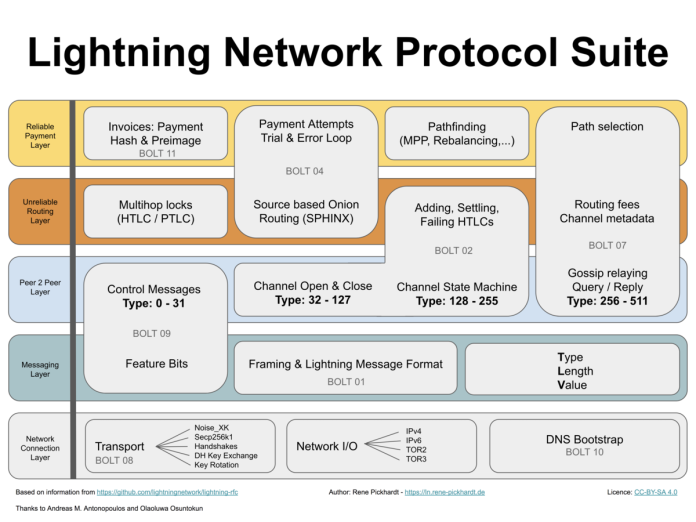When you think of bitcoin synergy official, it’s easy to get lost in the labyrinth of blockchain jargon. But let’s cut through the noise and dive into something that could change the game: the Lightning Network.
Imagine this: You’re at a bustling coffee shop, craving your daily dose of caffeine. You pull out your phone to pay with Bitcoin, but alas! The transaction takes forever, and by the time it’s confirmed, your coffee is cold. Enter the Lightning Network—Bitcoin’s knight in shining armor against sluggish transactions.
The core issue here is scalability. Bitcoin, despite its groundbreaking technology, struggles with processing a high volume of transactions quickly. It’s like trying to fit an elephant through a keyhole—just not gonna happen without some serious innovation.
So what exactly is this Lightning Network? Picture it as a supercharged express lane on a congested highway. Instead of every car (or transaction) waiting in line at toll booths (the blockchain), they zip through special lanes that settle payments instantly off-chain before recording them back on-chain later.
This nifty network works by creating “payment channels” between users. Think of these channels as private tunnels where funds can flow freely without clogging up the main road. Once both parties agree to close the channel, all those mini-transactions are bundled up and sent to the blockchain in one go.
Now, you might be wondering if this sounds too good to be true. What about security? Well, hold onto your hats because it’s pretty secure too! These payment channels use smart contracts—automated agreements coded into the blockchain—to make sure everything stays above board.
But wait! There’s more! Not only does this system speed things up dramatically but it also slashes fees like a hot knife through butter. Lower costs mean more people can afford to use Bitcoin for everyday purchases instead of just hoarding it like digital gold.
And let’s talk about privacy for a second. Since most transactions happen off-chain within these private channels, prying eyes have less data to snoop around in. It’s like having a secret handshake that only you and your buddy know—a little extra layer of confidentiality never hurt anyone!
One interesting tidbit: did you know that even microtransactions become feasible with this setup? Sending tiny amounts of Bitcoin becomes practical because you’re not paying exorbitant fees each time. Imagine tipping someone online or paying per article read without breaking the bank—cool stuff!
Of course, no technology is perfect right out the gate; there are still hurdles ahead for the widespread adoption of Lightning Network. For starters, setting up these payment channels requires both parties to lock up some funds upfront—a bit like putting money in escrow before buying a house.
Then there’s user experience—currently more suited for tech-savvy folks than grandma trying her hand at crypto shopping sprees—but developers are hard at work making it user-friendly enough for everyone from teens to seniors.
The Lightning Network is still a work in progress, but the potential it holds is enormous. Developers are tirelessly tweaking and refining to make it as seamless as possible. Think of it like the early days of the internet—clunky and confusing at first, but look where we are now! The goal is to make Bitcoin transactions as easy as sending a text message.
Let’s take a step back and consider how this could impact everyday life. Imagine walking into your favorite local store and paying for groceries with Bitcoin without even thinking twice about transaction times or fees. It’s not just about making Bitcoin faster; it’s about making it practical for daily use.
Speaking of practicality, let’s talk about businesses. Small businesses often struggle with high credit card fees eating into their profits. With the Lightning Network, they can accept Bitcoin payments quickly and cheaply, keeping more money in their pockets. It’s like giving David a slingshot to tackle Goliath-sized financial hurdles.
But what if you’re skeptical? That’s fair—new tech always comes with its share of naysayers. Some argue that while the Lightning Network sounds great on paper, real-world implementation might be trickier than anticipated. They point out issues like network congestion during peak times or potential vulnerabilities in smart contracts.
However, these concerns aren’t being swept under the rug. Researchers and developers are actively working on solutions to address these challenges head-on. For instance, innovations like multi-path payments (splitting transactions across multiple channels) aim to reduce congestion and improve reliability.
Another fascinating aspect is how this technology could foster global financial inclusion. In regions where traditional banking infrastructure is lacking or unreliable, cryptocurrencies offer an alternative path to economic participation. The Lightning Network can make microtransactions viable even in areas with limited internet connectivity—think mobile phones instead of desktop computers.
Let’s also touch upon some real-world examples already leveraging this tech marvelously. Take El Salvador: after adopting Bitcoin as legal tender, they’ve been exploring ways to integrate the Lightning Network into everyday transactions—from buying pupusas at street vendors to paying utility bills online.



















